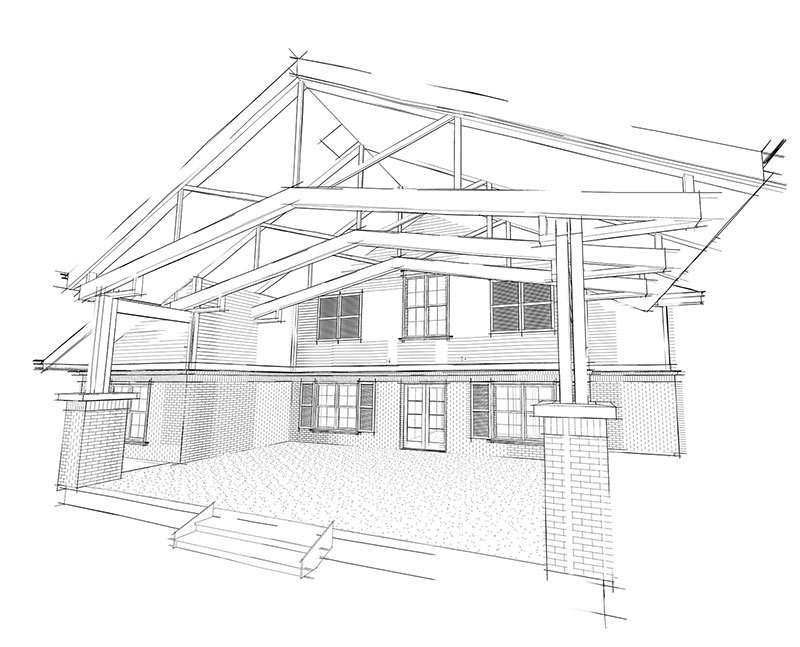
THE POWER OF NO
Why saying no is sometimes the best strategy.
This seems like a strange topic to start a blog off with, right? Well, for me as mid-career licensed architect, it’s been a major source of angst for many years.
One of the greatest assets, any business has, is the ability to say no. I know this is a somewhat controversial topic, and an uneasy discussion to have, but it’s necessary. In saying this, I understand there’s a balance between keeping the doors open and staying true to the vision. Most design professionals are afraid to tell their clients no for fear of losing them. Maybe that’s what needs to happen? If the client doesn’t want to hear that, then maybe they’re not a good fit for the firm. Maybe that architect isn’t right for that client. Clients should advocate that their architect tell them what they need to hear.
This is why it’s vital, early on in a firm’s life, that they learn to say no and be more selective. In the early days, the founder(s) tend to say yes to every project that comes through the door. While I understand that this might be a necessary and/or lucrative strategy, it doesn’t seem like the best long-term vision. This sends a message to your potential client base for better or for worse.
We, as architects, have a greater responsibility to society and the profession. We have a legal responsibility to protect the health, safety, and welfare of the public as well as challenge the status quo. We also are obligated to defend our profession from the “race to the bottom.” Now this can get tricky when you’re across the table from your client, and they are demanding that you “just get it done” in order to keep things moving forward. Everyone should understand the downstream implications of “just getting it done,” before it’s done. Owners, Architects, and Contractors included.
A lot of proposal experts would say that you should price the client and not the job. This means you should price the job based on the value that you add to the project. While I have never tested this method, it seems to be a pretty accurate pricing assessment based on my experience.
A few examples of proving your value could be the following:
- Your attention to client service above and beyond what’s in the contract.
Answering RFPs in a way that shows you not only checked the boxes, but you took the time to understand the specifics of the client and their project.
The quality of your renderings. Show the necessary level of detail at the appropriate phase of design.
Black and white perspective drawing intended to highlight the form of the proposed building.

Colored Rendering intended to highlight material relationships and their colors.

- Level of detail provided in your drawings.
- Owners and Contractors alike will appreciate a clear and coordinated set of drawings. Construction will run smoother with less RFIs and Change Orders.
- Ensuring that the owner’s intent is clearly conveyed throughout the drawing set.
- Nothing is worse than walking the site, and the owner seeing something built in a way that they didn’t anticipate.

Among most people, money seems to be an awkward topic to discuss. It shouldn’t be. Money is an exchange for value provided, and clients should see it as such. It shouldn’t be seen simply as a soft cost in a proforma. If you’re being evaluated on price alone then your value isn’t being conveyed, and that’s not a good place to be.
Make sure your value is being conveyed or just say no!
Blog Article by Robertson Architecture – Atlanta, GA
www.Robertsonarc.com


0 comments